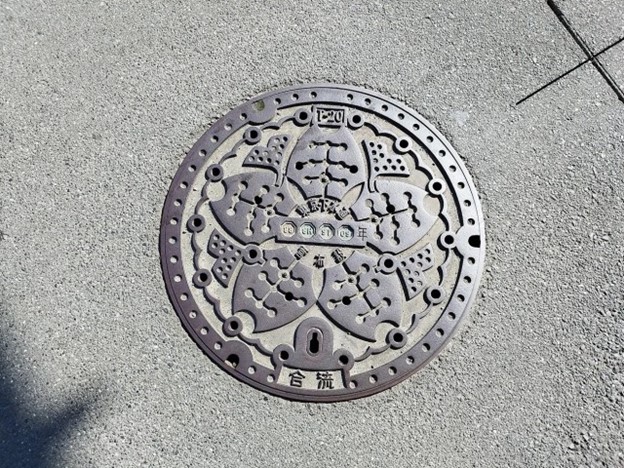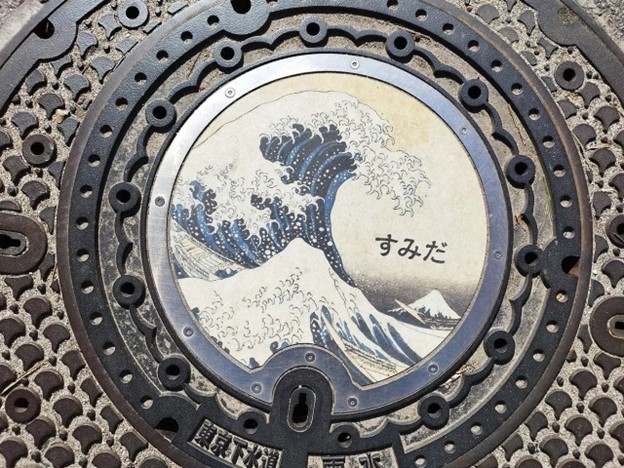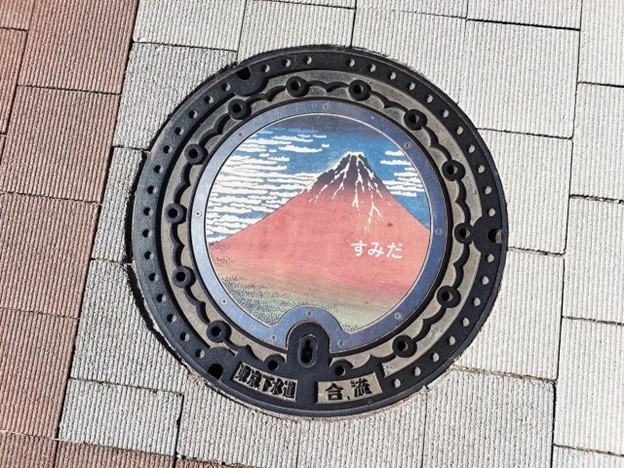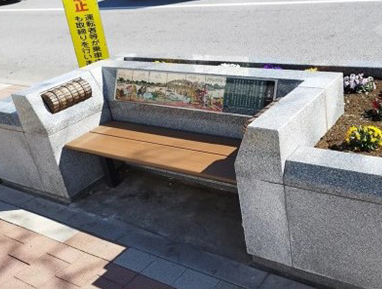It is different in Tokyo
Tokyo is one of the biggest, busiest and cleanest cities of the world. It is in many ways the picture that Japan wants to see representing their culture. One micro example of the Japanese attraction to art and fine detail are their manhole covers. Street lids are now some of the city’s most unusual tourist sites, and there’s a way you can take them home as free souvenir cards. Tokyo is a vast metropolis where you can find a large number of tourist sites ranging from historic shrines and temples. Even standard manhole covers in Tokyo, like the one pictured above with an image of a Sakura flower, are works of beauty that catch the eyes of out-of-towners, but the city is home to a slew of even more spectacular examples, and they’ve become so popular with overseas tourists they go out of their way to track them down. The hunt can take these visitors to some very random locations, including the backstreets of Sumida Ward, which surprised reporter Seiji Nakazawa, so he took a trip out there to see what made these manhole covers so special.
Away from the Sumo statue area that tends to attract visitors from abroad, and as he walked down the street, the vibe was incredibly ordinary and non-tourist-like. Turning into Hokusai-dori, Seiji realized he was now on the path to the Sumida Hokusai Museum, a museum dedicated to one of Japan’s most esteemed ukiyoe (woodblock) artists. The most beautiful thing on this street were the trees, which looked like something you’d see in a Hokusai print. As he crossed at the traffic light in front of the Sumida Hokusai Museum, he found his first manhole cover… …The Great Wave off Kanagawa! This artwork by Hokusai is the most famous from his 36 Views of Mt. Fuji series of woodblock prints, and now, almost 200 years after it was created in 1831, it sits here as work of street art on a manhole cover.
Seiji decided to search for more details on the official site dedicated to the city’s so-called “design manholes” run by the Tokyo Metropolitan Bureau of Sewerage, which oversees the manhole covers. His search revealed there were another two nearby, so he headed over to check them out. This sumo statue’s manhole cover at this location is a beautiful one that showcases Hokusai’s Fine Wind, Clear Morning, also known as Red Fuji, another lauded work from the Thirty-six Views of Mount Fuji series.
While you are there, how is this for a bus stop? Seiji says can see why overseas tourists can’t get enough of the beauty of Ryogoku’s artwork. The “Sewer System PR Platform” has created an entire series of collectible cards that match the manhole covers, so you can even take a unique memento of your discoveries home with you. One of the most sought-after manhole cards in Tokyo is the Godzilla one, which can be picked up at the Shinjuku Tourist Information Centre near the Godzilla manhole. With Japan’s drain covers adorned in everything from Pokémon to Hayao Miyazaki characters, there are loads of covers to see and cards to collect. Happy hunting, everyone!
Sewer sillies
Why are manhole covers round? Because manholes are round.
Q. How can you tell the difference between a plumber and a seamstress?
A. Just ask them to pronounce the word, sewer!
Q. What do you call a room full of cynical plumbers?
A. A skeptic tank.
What do you call a group of people that hang out by sewer grates?
Sewer-side Squad.
February 27th Birthdays
1990 – Lindsay Morgan, 1990 – Kate Mara, 1991 – Jenny Boyd, 1932 – Elizabeth Taylor
1976 – Tony Gonzalez, 1807 – Longfellow, 1981 – Josh Groban, 1934 – Ralph Nader






